Extreme weather events may push over 1.5 million Mozambicans into poverty
Mozambique’s foreign debt worries the World Bank
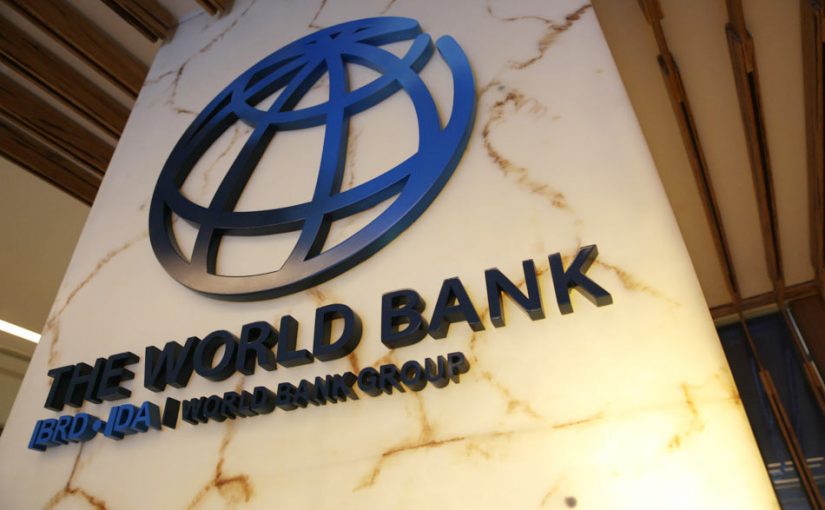
in file CoM
World Bank economist Franziska Ohnsorge recently told Lusa that the institution is concerned about the lack of transparency and the high levels of foreign debt in Mozambique.
“The increase in debt was sustained by the growth of fiscal deficits in a context of lower raw material prices and moderate growth, and was exacerbated by the inclusion of previously undisclosed debts in 2016,” Lusa writes.
At present, because of over-indebtedness, Mozambique shares the vulnerability felt by low-income countries in the face of current financial market conditions.
According to the World Bank “Global Economic Outlook” report published a few days ago, Low Income Countries debt increased in the last decade by about 23 percentage points of gross domestic product to 55 per cent in 2016.
The non-concessionary debt may refer to bond markets, a mode that, the economist emphasised, “is easier to manage, being dependent on market prices, but also that market rates are more vulnerable”.
Another form of non-concessionary debt is loans made by bilateral donors, for which little information is available.
“A lot of the new foreign debt is from countries outside the Paris Club. These low-income countries have very limited debt management capabilities, so the transparency of that debt is a problem,” said Ohnsorge.
The World Bank report released yesterday indicated that Mozambique’s economic growth slowed in 2018 to 3.3 per cent, partly due to the deceleration of coal production, but projected an expansion of 3.5 per cent in 2019 and 4.1 per cent in 2020 and 2021.
“The stability of inflation should allow for greater flexibility in monetary policy, which stimulates investment. Furthermore, progress in the implementation of natural gas projects in the Rovuma basin is expected to boost growth prospects, increase investment and confidence,” Ohnsorge said.


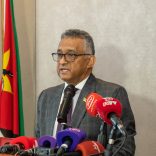





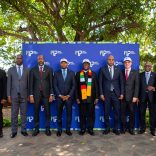
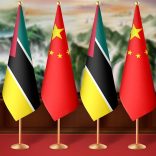
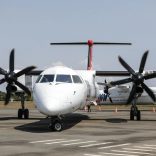

Leave a Reply
Be the First to Comment!
You must be logged in to post a comment.
You must be logged in to post a comment.